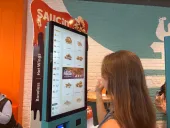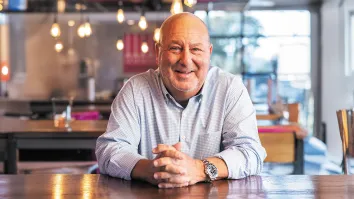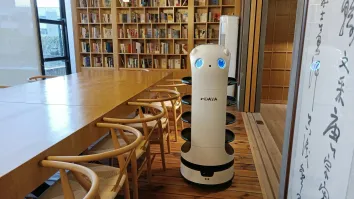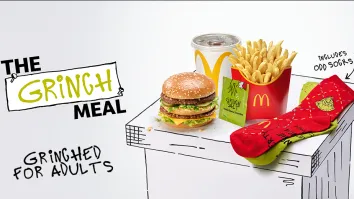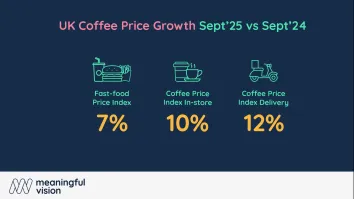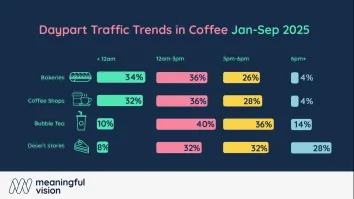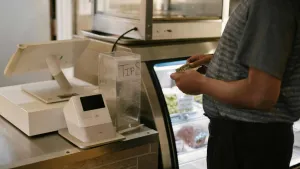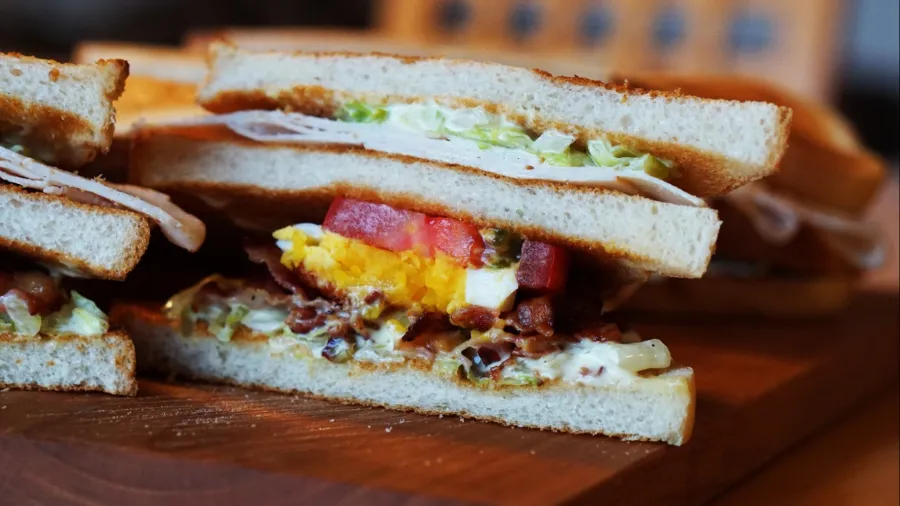
How can chains balance customer acquisition and managing reduced staff numbers?
Flipdish UK country manager Fionn Hart makes a case for digital interface solutions as an answer.
One of the most obvious effects of businesses struggling to find workers has been revenue, as some have been forced to operate under reduced hours and output despite eased restrictions.
For Flipdish, an online ordering solution provider, this is a period for hospitality decision-makers to assess and integrate the right technology into their business models in order to make a full recovery.
In this Q&A, UK country manager Fionn Hart makes a case for digital interface solutions as an answer to the current state of the labour market.
QSR Media: Where are staff shortages felt most acutely in the restaurant business?
Hart: Hospitality leaders across the country are eager to capitalise on the post-pandemic surge in demand, however, a lack of available staff means they are having to operate under reduced hours and output. As a result, one of the biggest effects of staff shortages has been revenue.
Restaurant, pub, and bar operators now have a difficult balancing act - offering promotions to get new customers through the door, while simultaneously managing the reduced staff numbers on the ground to serve them.
This is where table-ordering and digital kiosks come to the rescue. By investing in these technologies, restaurant owners can make room for the nation to experience the in-person dining they’ve been craving, without having to miss out.
How many FTE's (full time employees) could be reduced per store by implementing digital interface solutions?
It varies from business to business. Digital ordering can provide the opportunity to re-allocate staff where needed, or as an additional method to place orders to cope with demand. It's all about restaurant owners implementing the right technology for their business at the right time.
It's important to note that table ordering and digital kiosks will not only enable hospitality leaders to solve the persistent staff shortage issue, but if adopted at scale, it has the potential to give the sector the transformation it's been desperately yearning for.
The digital roll-out is more than just standalone technology that benefits the staff working on the ground; it encourages innovation across the board. By removing the barriers of traditional print menus, restaurant owners are encouraged to constantly revamp their offering, trial promotions, and alter prices. It also speaks to the importance of quick agility, only realised through the pandemic.
The commercial value is also unmissable as profit margins grow, with research showing the average basket is 20-30% bigger when purchased through a digital kiosk.So, not only will staffing issues be eased, but revenues will also reap the rewards.
It is no longer enough to wait for disruption like a pandemic to make the change - decision-makers must latch onto this pivotal moment in time to totally transform the sector for the better.
What might digital solutions look like in a QSR setting?
For dine-in establishments with a solid online delivery system already in place, digital table ordering is a small extra step. Instead of sending food to a customer’s front door, it’s sent to table number seven. But this can make a huge difference.
Most importantly in the current climate, the technology will allow staff to feel safer because with digital table ordering, the amount of time staff and customers are in close contact with one another will be limited. In fact, many owners have already taken it further by introducing a collection point system to eliminate contact altogether.
At the same time, staff will of course be on hand to answer questions about specials, menu items and provide recommendations. Combining traditional hospitality with advanced technology can service everyone’s needs in our ‘new normal’.
How do operators ensure digital transformations don’t ruin the customer experience?
Digitising operations has been proven to, in fact, improve the customer experience. Where 57% of customers are said to leave pubs and bars if queues are more than 5 people, a digital kiosk eliminates man-made errors, such as slow service or giving the wrong change. The kiosk won’t call in sick or snap at a customer, it takes away language barriers, and ultimately serves customers faster.
In a Flipdish survey, 71% of respondents prefer having drinks brought to their table at a pub or bar. And even better, 80.04% of respondents would like to keep ordering food and drinks using an app rather than queuing at the counter – even after Freedom Day in England.
Ultimately, hospitality decision-makers must integrate the right technology into their business models if they are to make a full recovery. It all boils down to using the right technology provider that will be on hand to help with any technological snags, offer expertise, and help ensure digital and staff work together in tandem to provide a seamless customer experience.
